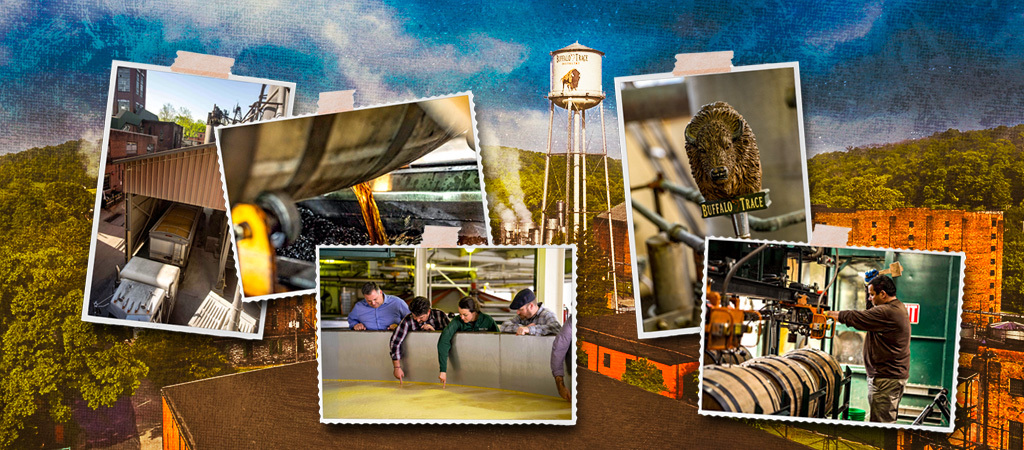
The Buffalo Trace Distillery produces some of the best and most beloved American whiskey in the whole damn game. Their brand names are almost instantly recognizable even if you’re only ~sorta~ into whiskey — Pappy Van Winkle, E.H. Taylor, Eagle Rare, and Blanton’s to name only a few.
When you get into the nitty-gritty of how BT whiskey is made, it’s a mix of science and following recipes to the letter blended with a little bit of magic from the exact spot a barrel rests and the abilities of the people putting juice in bottles. When talking about the “mash bill” (recipe) of whiskey, we’re talking about the former element — the science of it all. And with Buffalo Trace, that means a lot of different recipes to achieve a lot of different results.
Buffalo Trace Distillery uses four main mash bills for their whiskeys. But that’s only scratching the surface. Master Distiller Harlan Wheatley has been working for decades and experimenting with every type of whiskey mash bill that you can fathom … and some that you maybe can’t fathom. So technically, Buffalo Trace uses dozens and dozens of mash bills over time — but only four for the lion’s share of their brand’s expressions (with plenty of exceptions).
To sort it all out for you, I’m breaking down what I know after many distillery visits spanning the past decade. I’ve had the pleasure of tasting and touring with Harlan Wheatley and Kentucky whiskey legend Freddy Johnson several times (I’ve been to the distillery about 10 times this year alone). We’ve sampled pretty much everything together at one point or another over the years. However, both of those dudes are sphinxes when it comes to what the mash bills actually are. They’re very good at their jobs and part of that means playing coy with details.
Sazerac — Buffalo Trace Distillery’s parent company — keeps their cards very close to their chest when it comes to their exact mash bills. So while I’m going to break down what bottles from Buffalo Trace use which mash bill, Sazerac does not explicitly give exact percentages for each of their mash bills. Still, I’m going to give you the gist of what each mash bill is and what it goes into as an end product. At the very least, you should walk away from this article with a lot more information and context for some of the biggest names in all of American whiskey.
One last tidbit, I’m only talking about mash bills below. That is the grain, water, and yeast recipe used to make distiller’s beer (also called the “mash”) via fermentation. This is not about distilling (like which stills are used and which cuts are distilled again, etc.) or about the aging process, barrels, warehouses, or blending. The mash bill is only about the fermentation process.
Make sense? Let’s roll!
- The ‘Smoothest’ Bourbons On The Market, Blind Tasted And Ranked
- The ‘Smoothest’ Bourbons Under $100, Blind Tasted And Ranked
- The 100 Best Bourbons Of 2023 (So Far), Ranked
- The Best Bourbons Under $100 For Thanksgiving Dinner, Ranked
- The Best Mainstream Bourbons Under $40, Blind Tasted And Ranked
Mash Bill #1
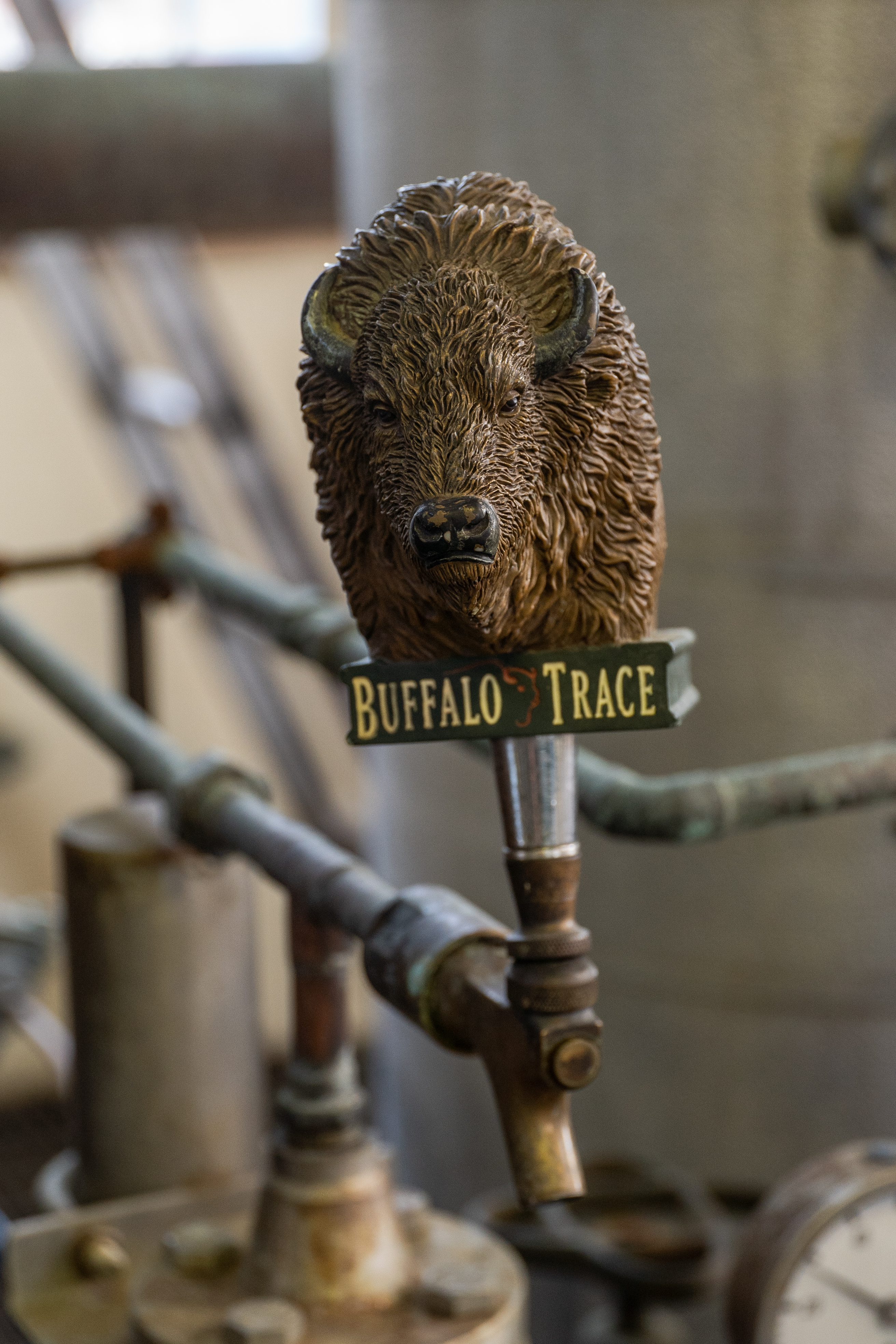
The Mash Bill:
Buffalo Trace Distillery releases three White Dog versions of three of their four mash bills, and this is the main one. That label tells us that Mash Bill #1 is a mix of locally grown corn (Kentucky distillers grade #1 and #2) with Minnesota rye and North Dakota malted barley. The ratios are not given, but it is stated that Mash Bill #1 is a “low-rye” mash bill with 10% or less of rye grain in the mix. We also know that this is a “sour mash” — all Buffalo Trace products tend to be. That means that a little bit of the previous mash is used to start the next batch. As opposed to a “sweet mash” where the tanks are cleaned out and 100% new ingredients are used to start a new mash.
Those grains are ground in-house at Buffalo Trace. The milled grain is then combined with Kentucky limestone water — sourced on-site at the distillery — and cooked to extract the sugars from the grains. That mash is then transferred to open tanks wherein the yeast is added and starts eating the sugars to create a boozy distiller’s beer. Viola!
That distiller’s beer is now the base for some great bourbons.
The Brands That Use Mash Bill #1:
- Buffalo Trace White Dog Mash Bill #1
- Eagle Rare (all expressions)
- George T. Stagg (all expressions)
- Old Charter (all expressions)
- Benchmark (all expressions)
- Buffalo Trace Bourbon
- Colonel E.H. Taylor, Jr. Bourbon (main bourbon expressions only)
Mash Bill #2
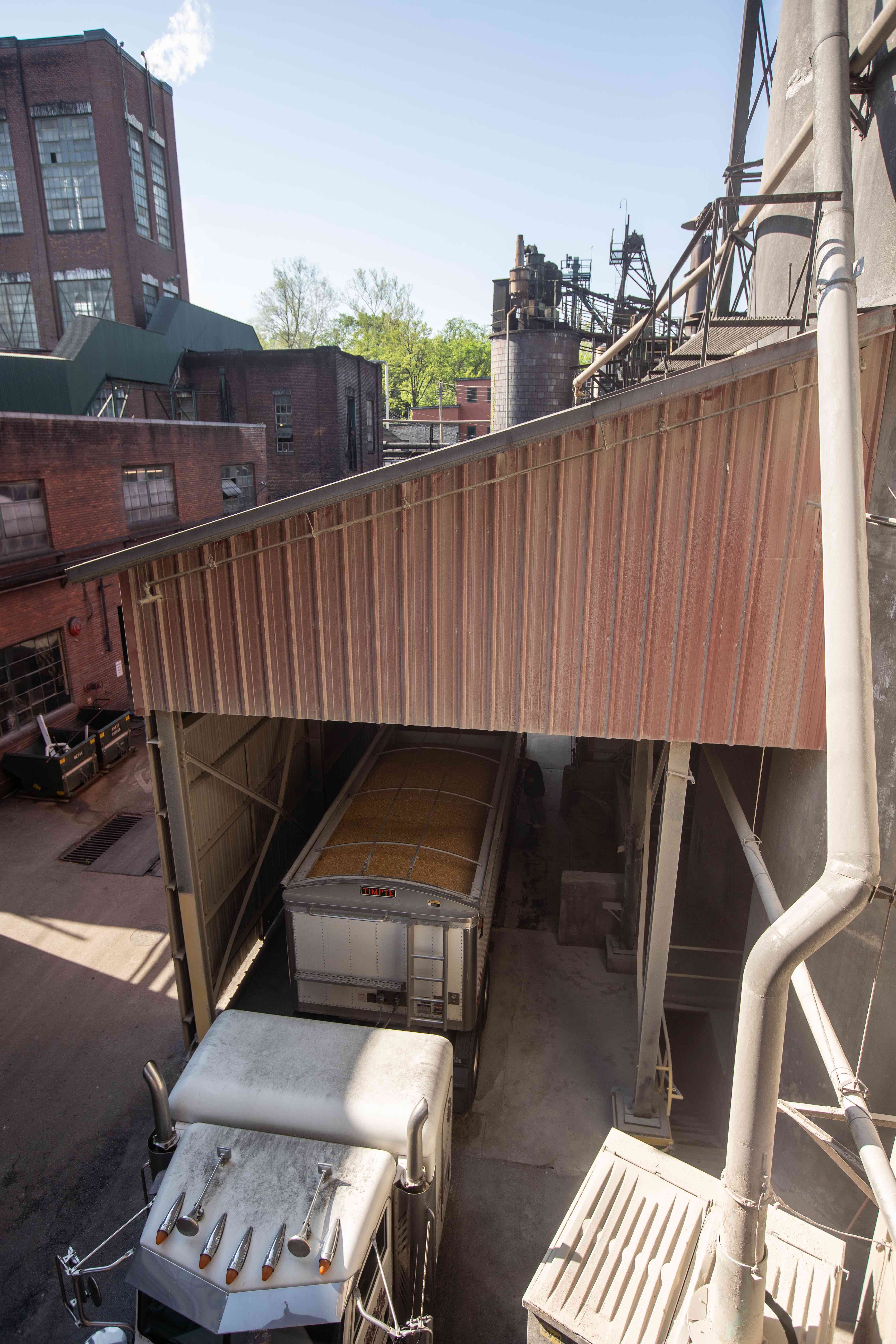
The Mash Bill:
Mash Bill #2 is a bit of a mystery. The first thing that’s a tad confusing is that Buffalo Trace doesn’t release a White Dog version. That’s weird. Beyond that, this is mainly the “single barrel” bourbon mash bill.
The actual mash bill is considered a “higher-rye” mash bill with anywhere from 10 to 15% of that Minnesota rye (maybe less) in the recipe alongside the Kentucky corn and North Dakota malted barley. That’s still pretty far from a high-rye bourbon mash bill as it’s known in the industry — that would usually have 20 to 35% rye in the mash. The rest is the same with that local limestone water, a unique yeast strain, and open tank fermentation.
It’s worth noting that a lot of classic Kentucky bourbon mash bills have a rye component at this level.
The Brands That Use Mash Bill #2
- Ancient Age (all expressions)
- Blanton’s (all expressions)
- Rock Hill Farms
- Hancocks Reserve
- Elmer T. Lee
- O.F.C. Vintages
Wheated Mash
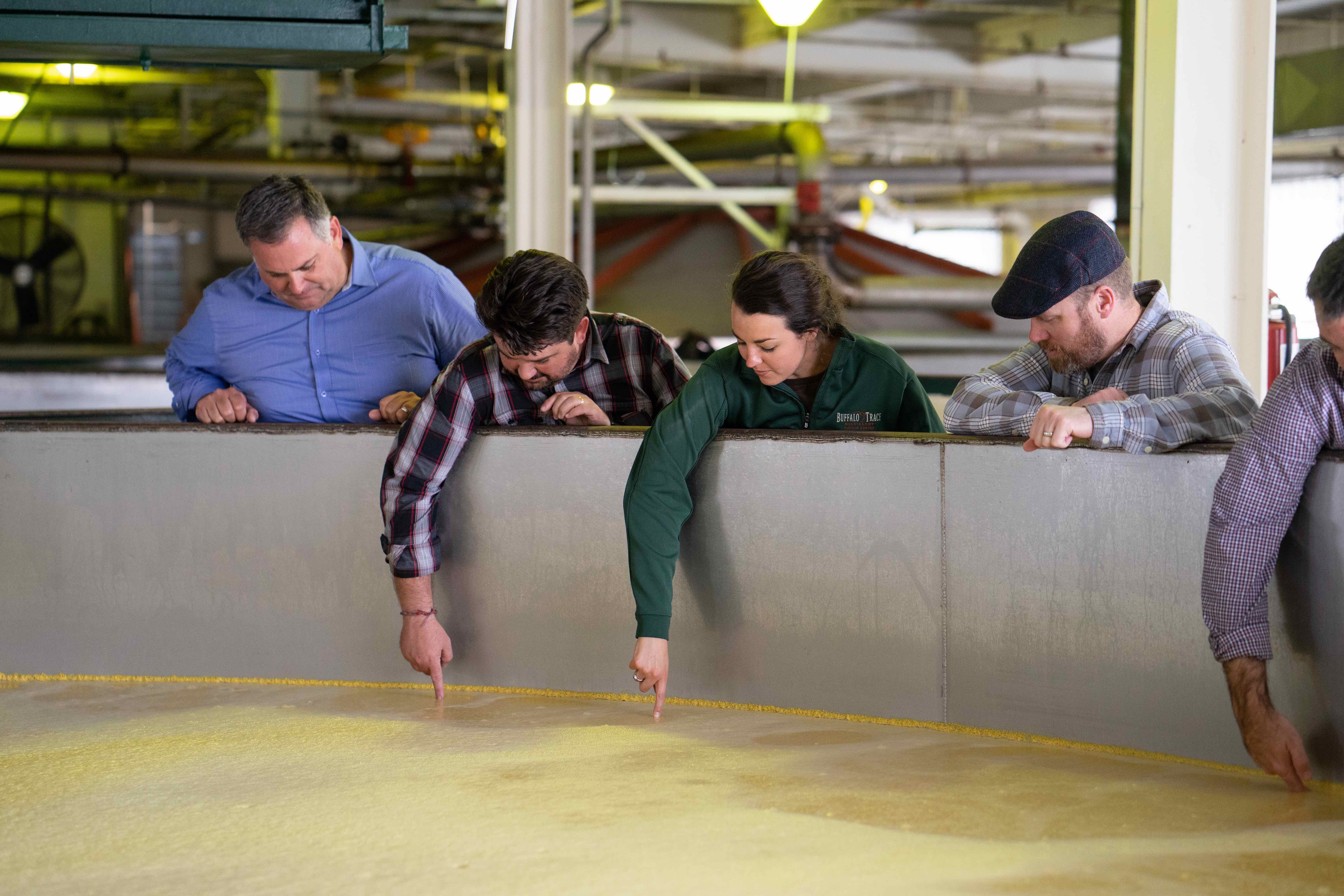
The Mash Bill:
This is the big one. Buffalo Trace Distillery’s wheated mash bill makes two of the biggest whiskeys in the world — the Pappy Van Winkle line and Weller.
This mash bill replaces the rye with North Dakota wheat in the corn-fueled bourbon recipe but the percentage of that wheat is not known to the public. Beyond replacing rye grains with wheat, the mash still has Kentucky corn and North Dakota malted barley with a unique yeast strain and local water.
The Brands That Use The Wheated Mash Bill:
- Buffalo Trace White Dog Wheated Mash
- Van Winkle (all of the bourbon expressions)
- Weller (all expressions)
- Single Oak Project
- Buffalo Trace Kosher Wheat Recipe
Rye Mash
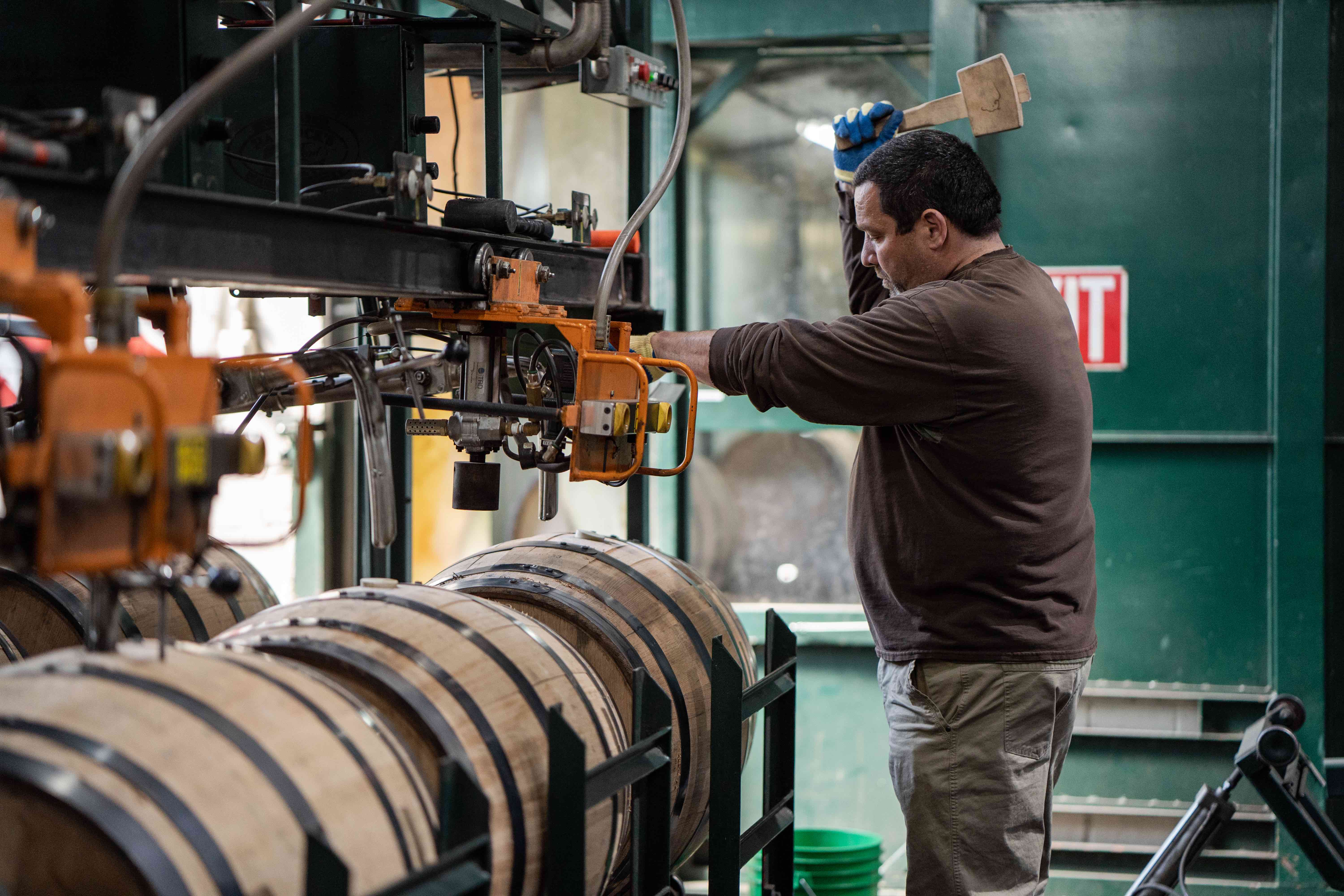
The Mash Bill:
Buffalo Trace goes their own way with their rye whiskey mash bill. It’s generally understood that their rye mash is a 51% rye mash bill, which just qualifies the recipe legally as a rye whiskey (51% is the minimum rye requirement for a rye whiskey to legally be called one). That said, this could be 52% too — we simply don’t know exactly.
That Minnesota rye is then mixed with a huge portion of North Dakota malted barley and a small component of Kentucky corn (distiller’s grade #1 and #2).
The Brands That Use The Rye Mash:
- Buffalo Trace White Dog Rye Mash
- Thomas H. Handy
- Sazerac Rye (all expressions)
- Van Winkle Family Reserve Rye
- Buffalo Trace Kosher Straight Rye
The Rest
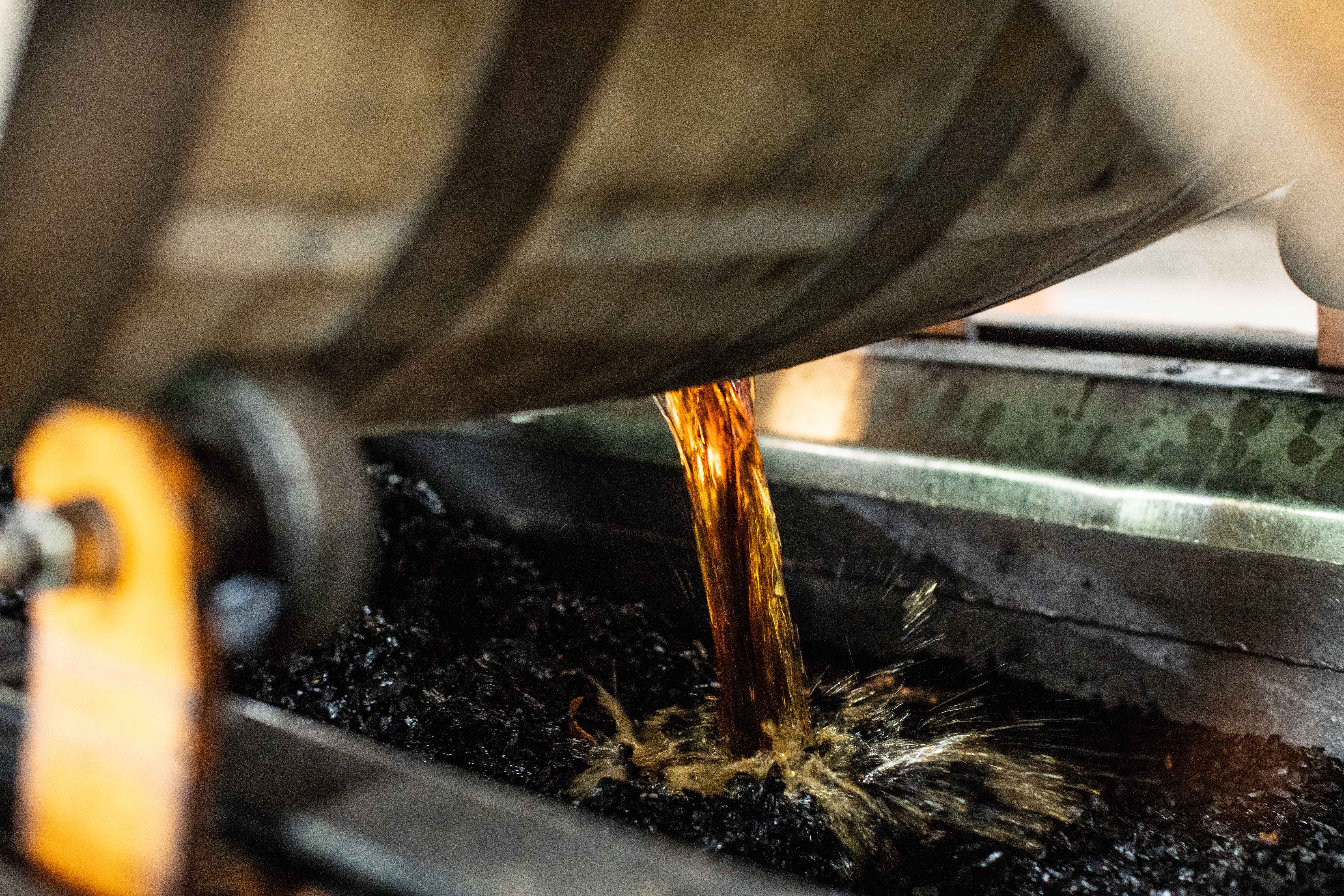
The Mash Bills:
And this is where it goes stratospheric with the mash bills. Buffalo Trace Distillery has 22,000 experimental barrels aging right now. So there are a lot of outliers in the Buffalo Trace lineup with one-off mashbills. Colonel E.H. Taylor, Jr.’s line has one-of-a-kind Buffalo Trace mash bills and I’ll list those below.
Then there’s the Experimental Collection which includes completely one-off mash bills that range from things like Peated bourbon mashes to brandy to freaking baiju (a Chinese rice liquor). I’m not going to list them all because there are just too many but you can get a partial list of bottles here.
Lastly, there’s Wheatley Vodka which uses a high-wheat recipe with “other grains” in its mash bill. So yeah, there’s a lot that slots into this category.
The Brands That Use Other Mash Bills:
- Buffalo Trace Kosher Rye Recipe Kentucky Straight Bourbon Whiskey (a special high-rye bourbon mash bill)
- Wheatley Vodka
- Colonel E.H. Taylor, Jr. Straight Rye (rye and malted barely only mash bill)
- Colonel E.H. Taylor, Jr. Amaranth
- Colonel E.H. Taylor, Jr. Four Grain (corn, rye, wheat, and malted barley mash bill)
- W.L. Weller Emmer Wheat (experimental)
- Experimental Collection (varies)
- Prohibition Collection (parts of this collection but exactly which are unknown)
